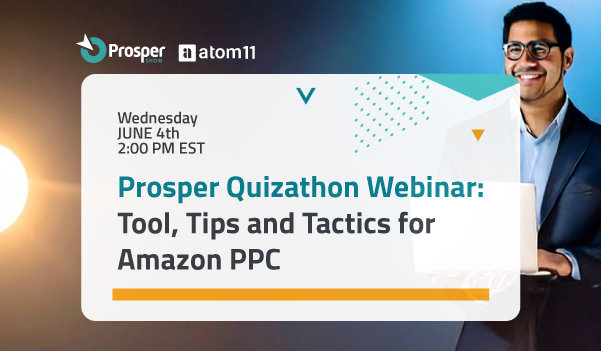Amazon recently updated their TOS in 2018 in regards to
canceled, misrouted and incomplete shipments. It is now against Amazon’s TOS to
not complete your shipment plan in
full. Which means every Amazon Seller should now be sending in all units for every leg of their Amazon shipment plan.
Example of a common action that was previously allowed and
is now against Amazon’s TOS:
●
Completing
one leg of an Amazon shipment plan when the shipment plan calls for sending
units to multiple Amazon fulfillment centers.
Here is Amazon’s official update which also provides
guidance on how to make changes once a shipment plan is created as well as
possible repercussions for breaking TOS with canceled, misrouted and incomplete
shipments:
Once you approve a shipment plan, you are required to ship
your products to Amazon as stated in that plan, including sending the stated
quantity of each product in the plan to the assigned Amazon facility.
You’re not permitted to
delete some of the shipments in a multi-destination shipment plan after you
approve that plan. If you delete portions of a shipment plan, or if we don’t
receive all of the shipments in your approved multi-destination shipment plan
within 30 days after the first shipment in that plan arrives at our facilities,
we will notify you by email that your shipments aren’t compliant with this
policy.
If you want to change a
shipment plan after you approve it, you must delete the entire shipment plan
before you have begun shipping any portion of it.
If you continue to send
shipments that aren’t compliant with this policy after we send an initial
notice, we may suspend your ability to send additional shipments to us until
you acknowledge this policy and provide us with an acceptable plan of action to
ensure your future shipments to us will be compliant with this policy.
There are two possible
solutions that can be considered given this update to Amazon’s TOS:
●
Running a
cost-benefit analysis of utilizing Amazon’s inventory placement program
●
Using the
supplier’s address as the ship from address which may result in getting one
warehouse location
If neither of these options
work for your business, it’s more important than ever to make sure you are
completing your Amazon shipments plans in full.
Importing
Tariffs
Another
hot topic for Amazon Sellers are of course the Chinese tariffs.
At
the time of this writing List 1 and List 2 products still carry a 25% tariff.
While List 1 products currently have a 10% tariff, which is set to rise to 25%
on January 1st, 2019.
You
can reference the following links to see if your current products or products
you are looking to source are impacted by the tariffs:
List 1: https://bit.ly/VL-List1
List 2: https://bit.ly/VL-List2
List 3: https://bit.ly/VL-List3
If
your product(s) are affected, make sure to speak with your freight forwarder
and customs broker for best next steps.
Something
to be aware of, there is also the possibility of the remaining goods not
currently taxed to have a tariff as well. It is a waiting game at this point.
You
can also use the following link to file an exemption if your goods are impacted
by the tariffs:
https://bit.ly/Tariff-Exemption
There
are only a few options when it comes to the recent Chinese tariffs:
● Consider sourcing suppliers
from different countries
● Raising the sales price of
products affected by the tariffs
● Slowing down new product
development to see what develops
Learn more from www.flexport.com



Recent Comments